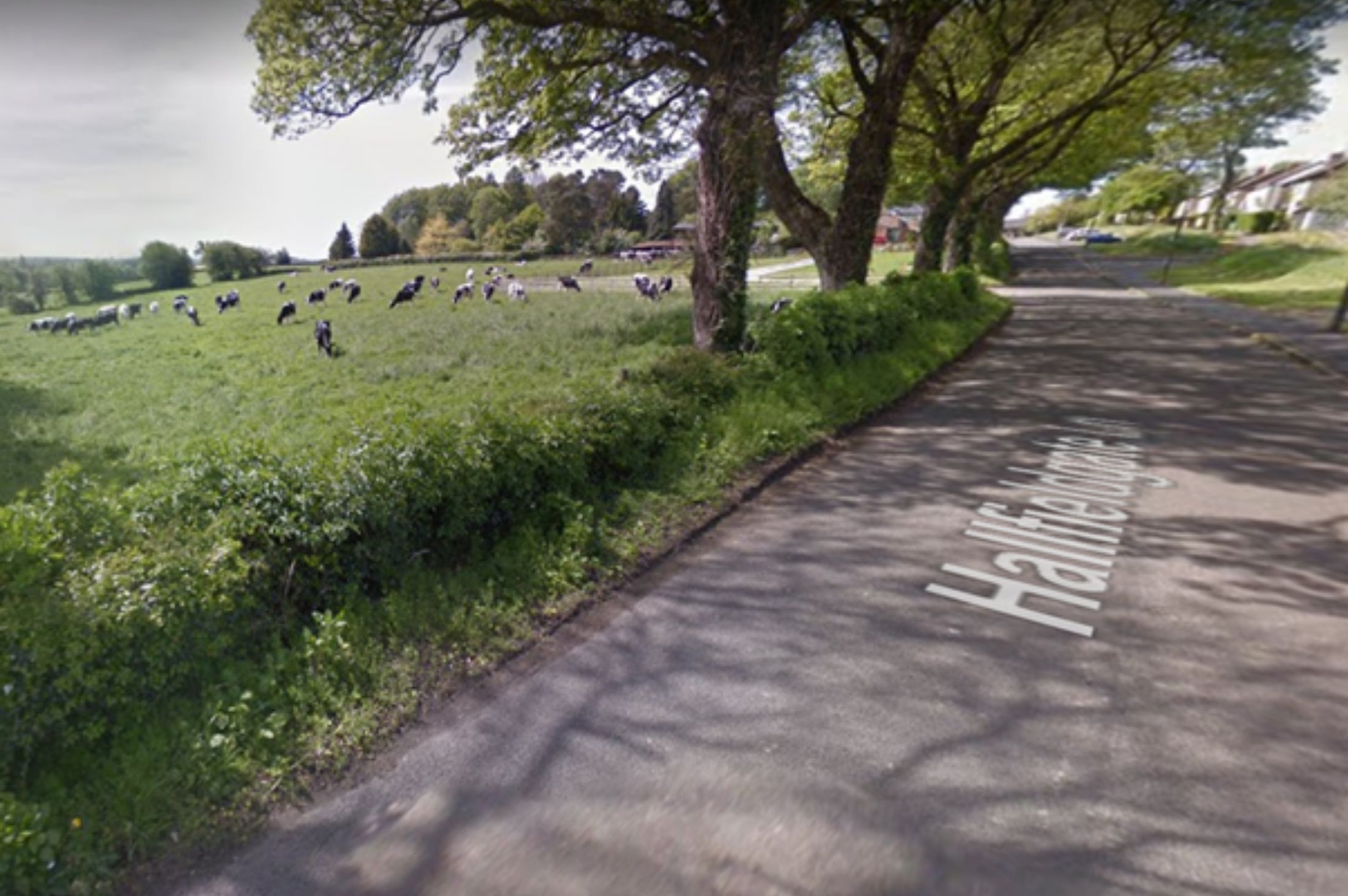An appeal inspector’s decision to approve plans for up to 90 homes in Shirland, North East Derbyshire is an important reminder that a robust housing land supply is not always the determining factor when assessing greenfield planning applications, writes Planning & Design Practice Director Richard Pigott.
In this decision, an outline planning application for up to 90 dwellings had been refused by North East Derbyshire District Council (NEDDC) in July 2020. The council had asserted that the site lay outside the defined settlement boundary for Shirland (and therefore in open countryside according to the 2005 Local Plan) and that given that there was a housing land supply of somewhere between 6.32 and 8.3 years, this would be an unwarranted intrusion into the countryside with harmful landscape and heritage impacts.
However, crucially, the Inspector concluded that two polices which were held to be amongst the most important policies for determining the appeal were ‘out of date’. The two policies were GS6 (which set out when development may occur in the countryside) and GS1 (which precludes development outside settlement boundaries save for exceptional circumstances). The inspector determined that both policies were more restrictive than the National Planning Policy Framework (NPPF) and accordingly ‘out of date’. As a consequence, the ‘tilted balance’ under paragraph 11(d)(ii) of the NPPF was engaged, meaning that planning permission should be granted unless the adverse impacts would significantly and demonstrably outweigh the benefits.
Whilst NEDDC did have relevant policies within an emerging plan, the inspector decided that they did not constitute the most important policies for determining the appeal. Given that the development provided much-needed housing (including 20% affordable housing), the inspector gave significant weight to the benefits of the scheme. However, she also gave significant weight to the breaches of North East Derbyshire’s development plan as well as harm to the landscape. Since the factors in favour and against the proposal were broadly balanced, the inspector concluded that the harm would not significantly and demonstrably outweigh the benefits.
This decision re-emphasises that a local plan can still be out of date even if a council can demonstrate a robust five-year land supply, and it re-emphasises the importance of having an up-to-date plan. The full appeal decision can be accessed here.




